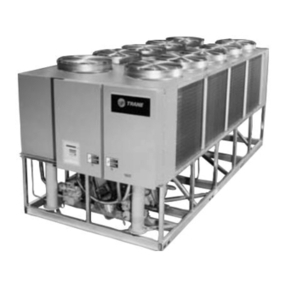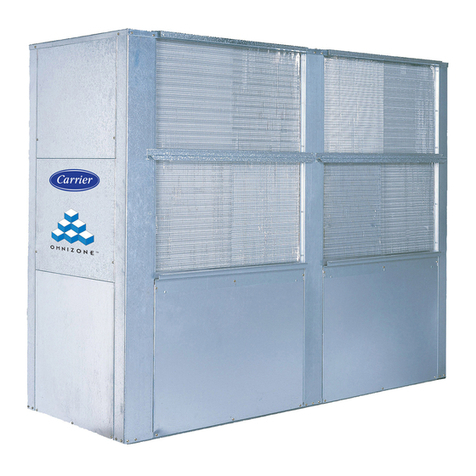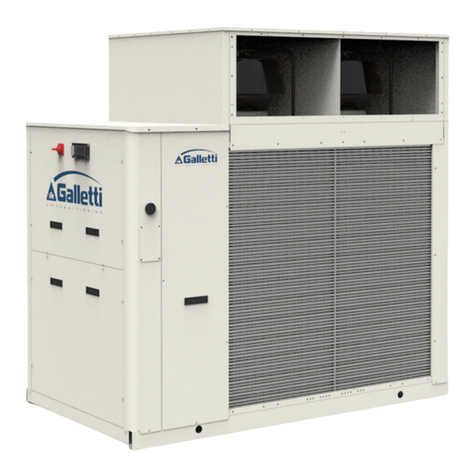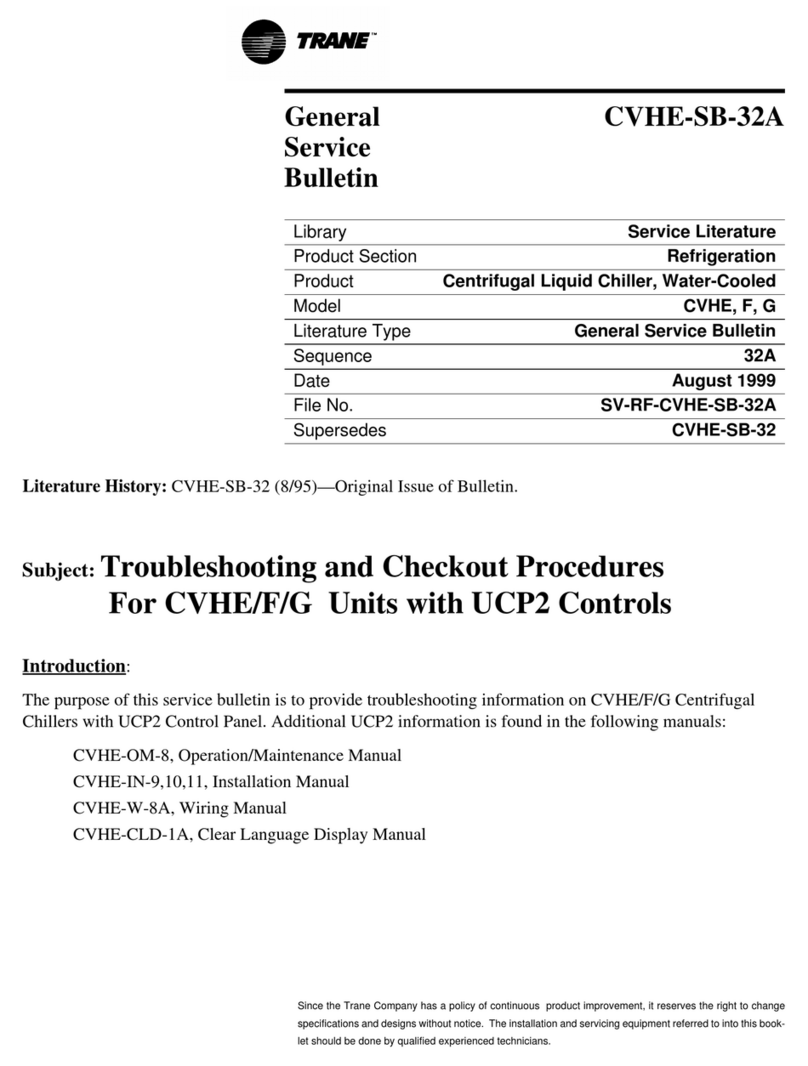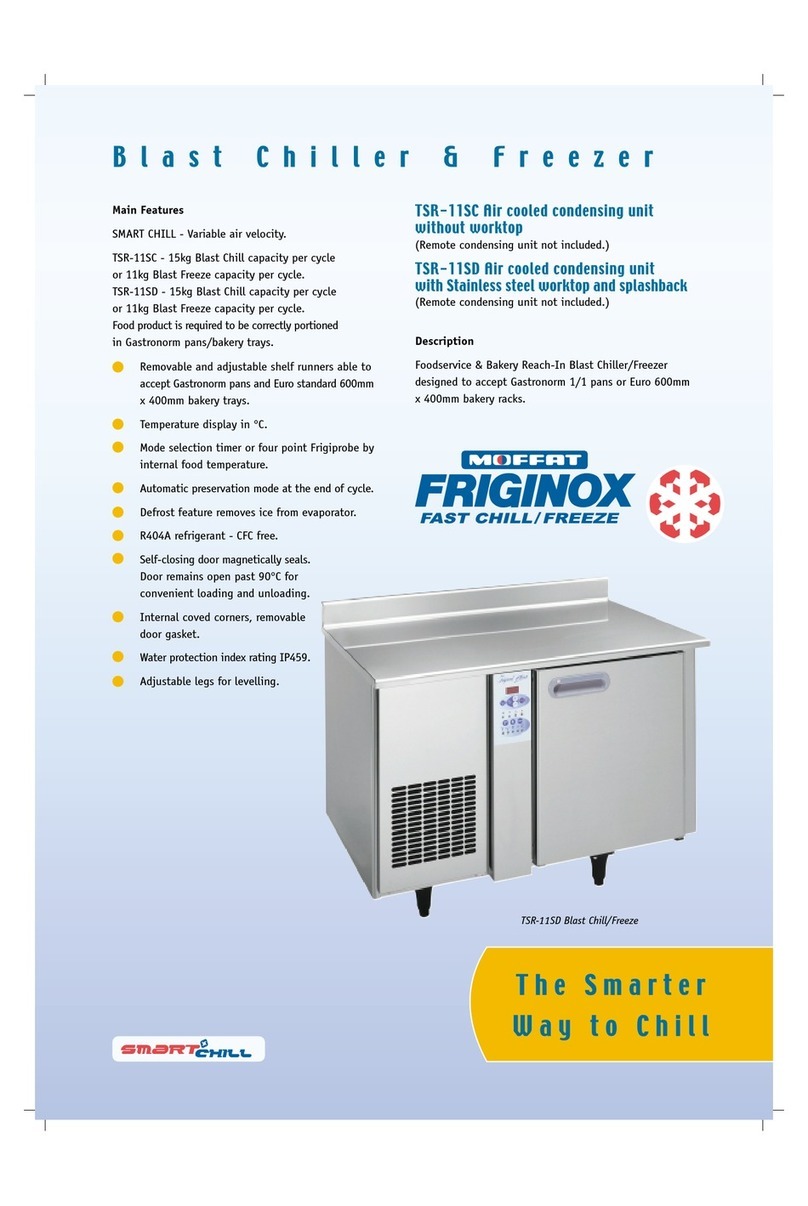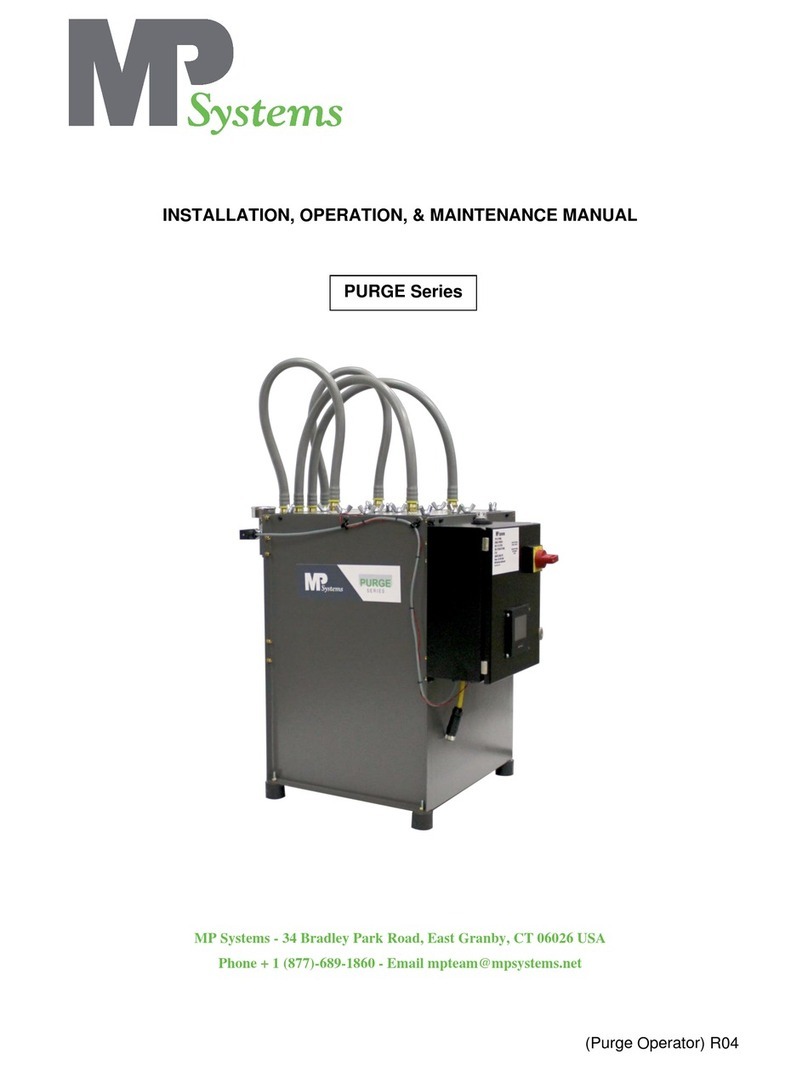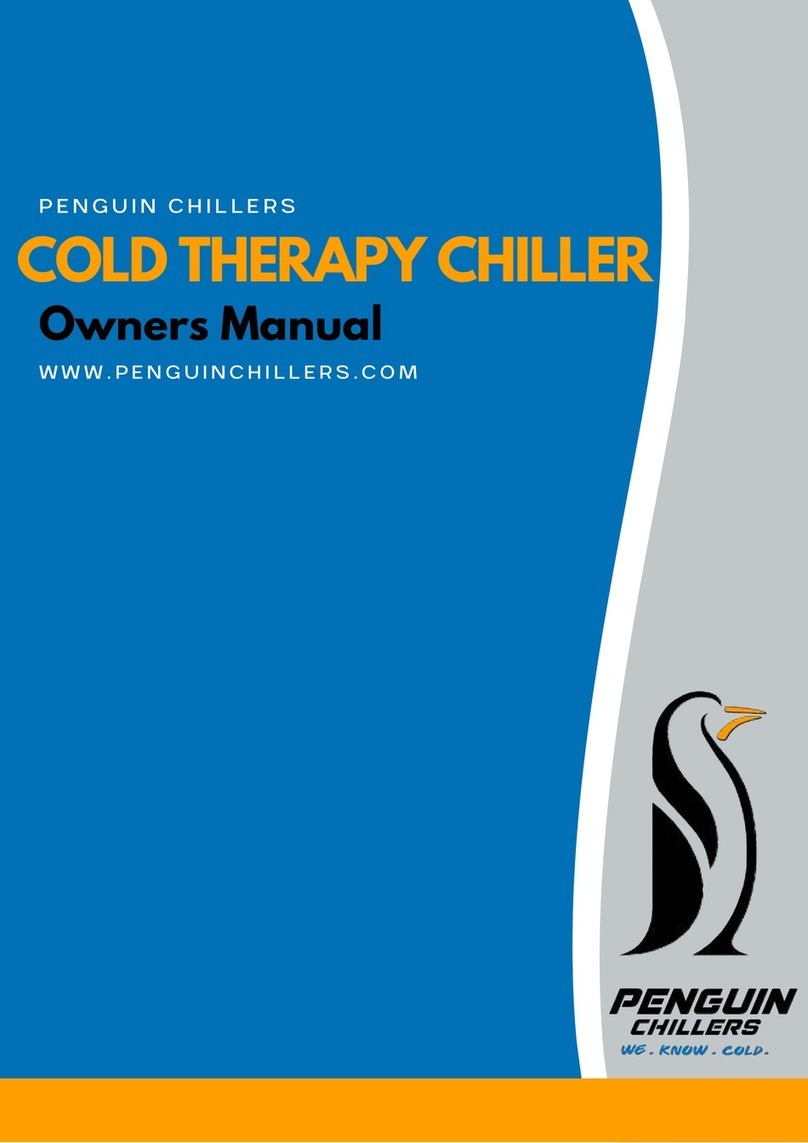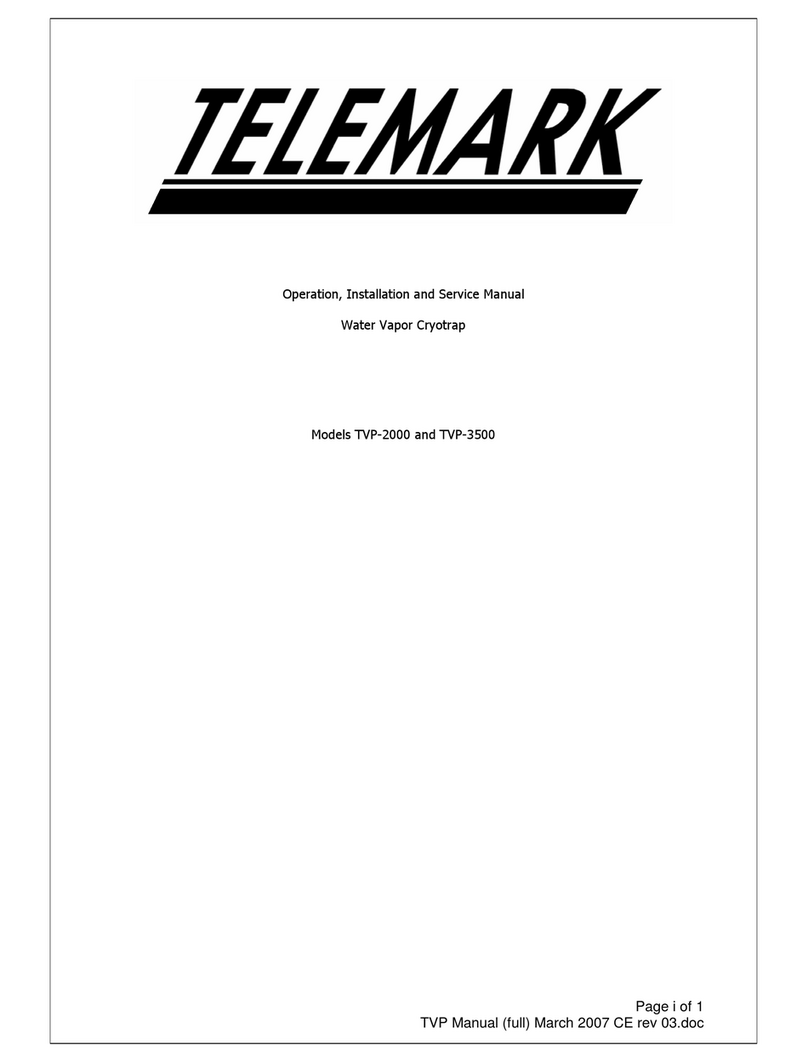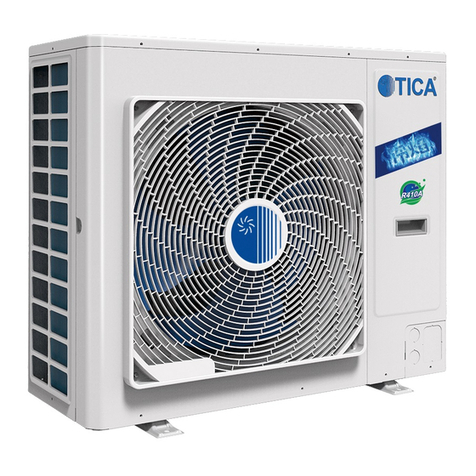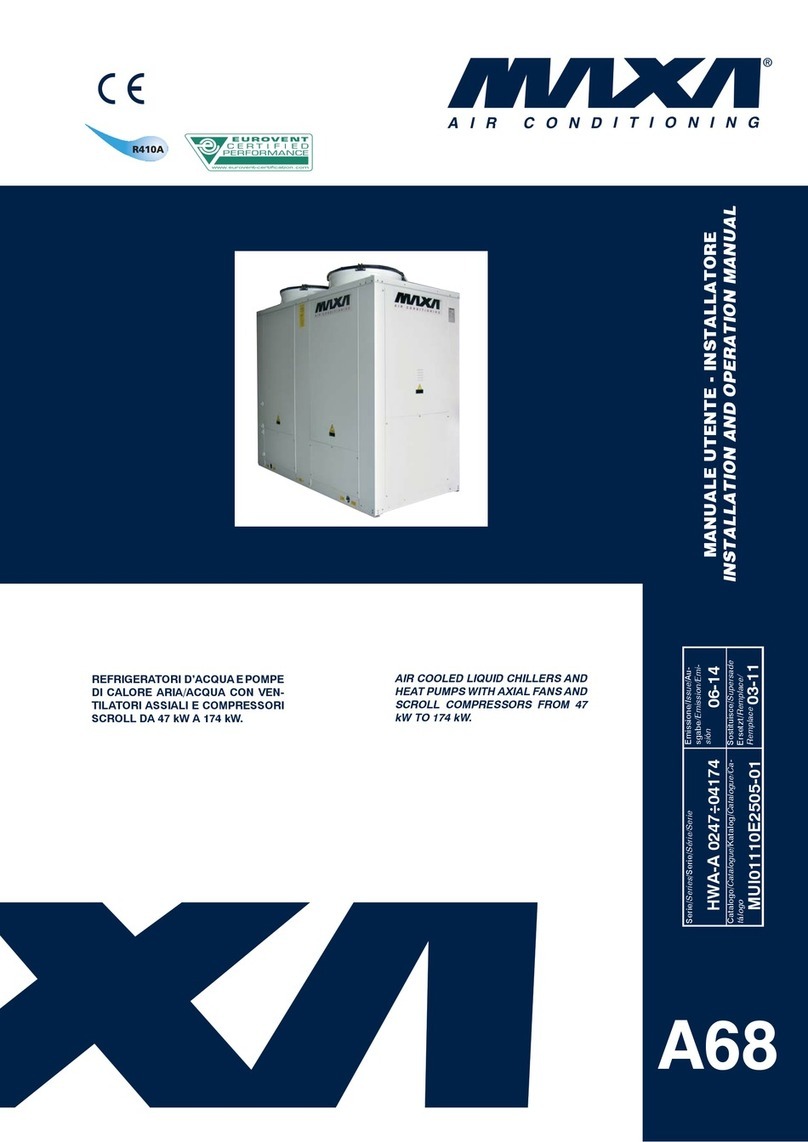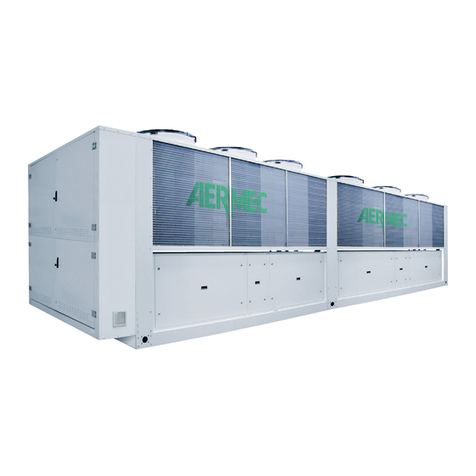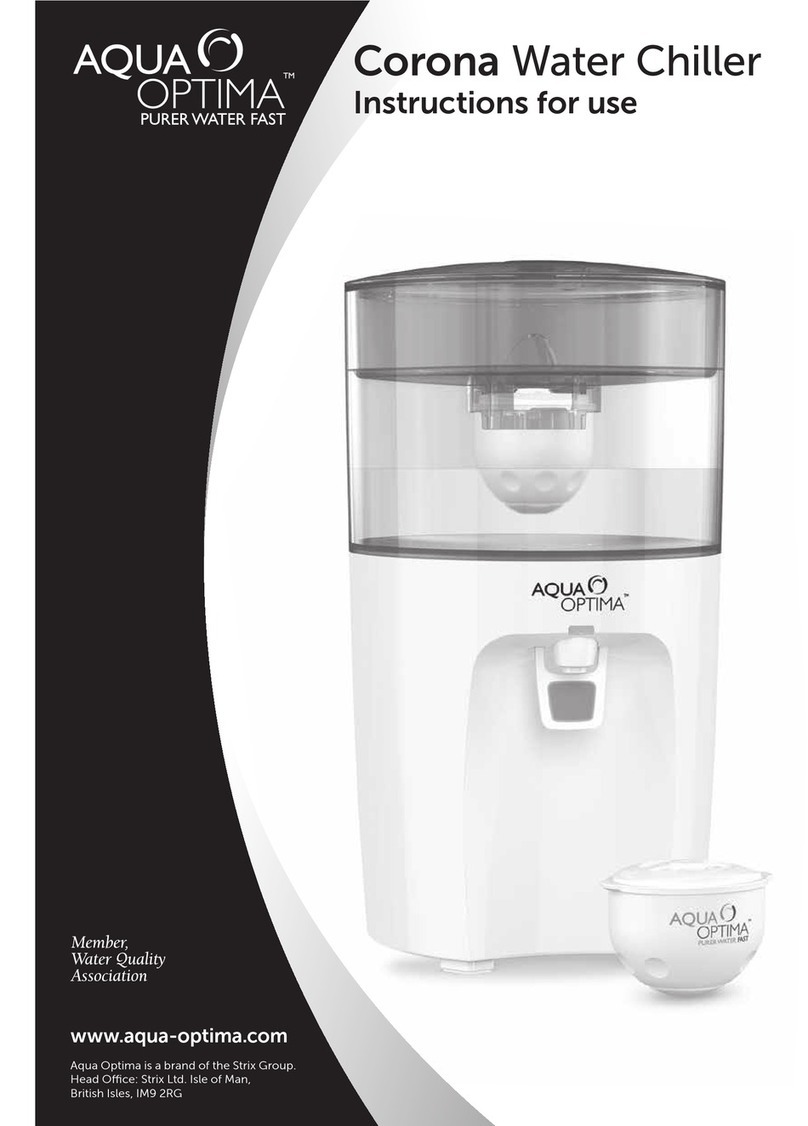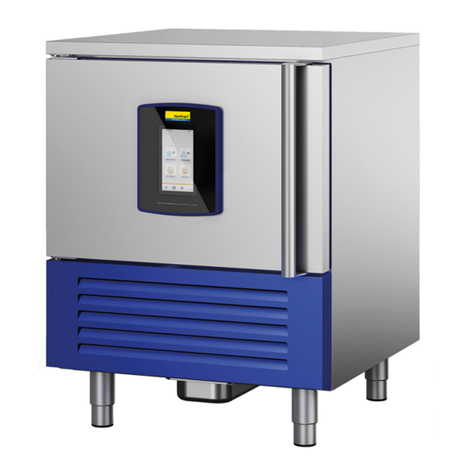Cautions
Cautions
Disposal of your old appliance
To avoid the risk of child entrapment, please
make sure your old refrigerator is inoperative
and safe by removing the doors and cutting
off the power cord before disposal.
Refrigeration systems contain ozone
depleting substances, which require
specialized disposal. Other materials in a
refrigerator can be recycled. Contact your
local waste disposal centre for proper
disposal of an old appliance and contact
your local authority or your dealer if you
have any questions. Please ensure that the
pipework of the appliance does not get
damaged prior to being picked up by the
relevant waste disposal centre, and
contribute to environmental awareness by
insisting on an appropriate, anti-pollution
method of disposal.
Disposal of the packaging of your
new appliance
All the materials used in the packaging of
your new appliance may be disposed of
without any danger to the environment.
The cardboard box may be given to a waste
paper disposal service. The wrapping is
made of polyethylene and together with the
other packing may be taken to a waste
collecting centre for recycling.
Safety Instructions and Warnings
Before starting the appliance, read the
information in this User Guide carefully, it
contains information relating to the correct
assembly, operation andmaintenance of this
appliance.
Keep the User’s Guide in a safe place and
remember to hand it over to the subsequent
owner, if you ever sell the appliance.
The manufacturer does not accept
responsibility for any damage that may arise
due to incorrect installation or use.
• Do not operate a damaged appliance.
If in doubt, consult your supplier.
• Connection and installation of the
appliance are to be carried out in strict
compliance with the instructions in this
User’s Guide.
.1.
